How to Recover Photos from SD Memory Card
By PhotoRec (all operating systems)
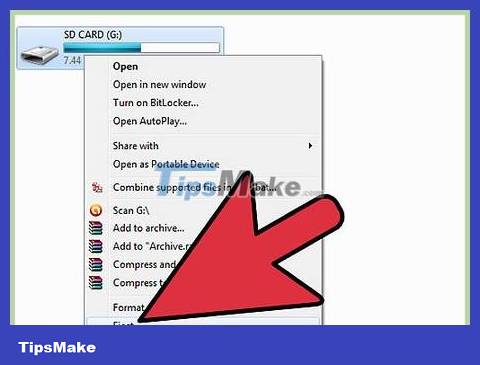 How to Recover Photos from SD Memory Card Picture 1
How to Recover Photos from SD Memory Card Picture 1
Stop SD card access. If the file has just been deleted, the data may still be there, just waiting to be overwritten by new data. Not accessing the SD card will help limit your ability to overwrite data.
Ideally, take the SD card out of your device until you're ready to restore files.
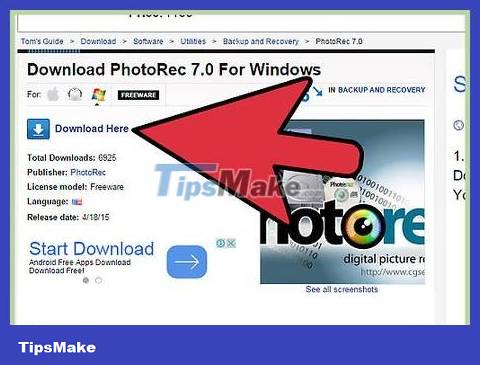 How to Recover Photos from SD Memory Card Picture 2
How to Recover Photos from SD Memory Card Picture 2
Download PhotoRec. PhotoRec is free, open source file recovery software for both Windows, OS X and Linux.
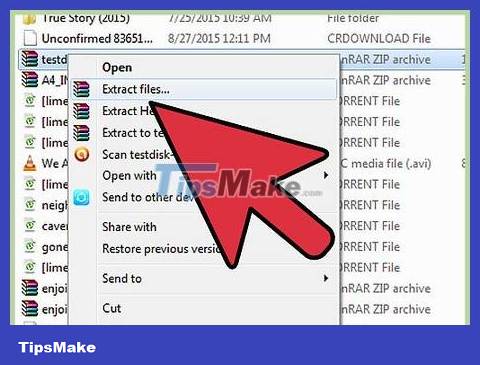 How to Recover Photos from SD Memory Card Picture 3
How to Recover Photos from SD Memory Card Picture 3
Unzip the program. PhotoRec does not need to be installed. You just need to extract the programphotorec_ osfrom ZIP file. Where os will be the name of your operating system. For example, the Windows version would bephotorec_win
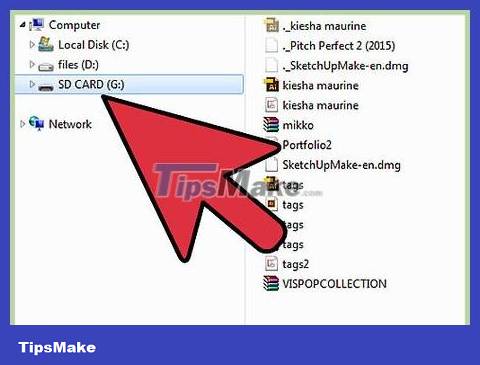 How to Recover Photos from SD Memory Card Picture 4
How to Recover Photos from SD Memory Card Picture 4
Connect the memory card. You can connect the SD card to the computer using a memory card reader, or insert the memory card into the camera and plug the camera into the computer via a USB cable.
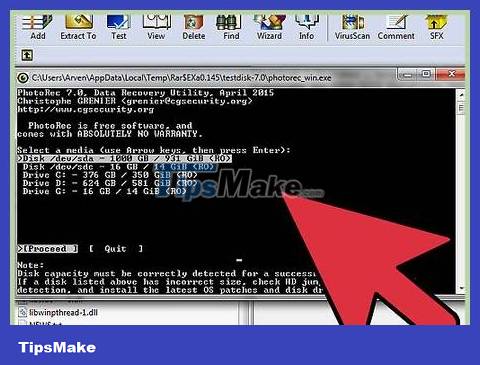 How to Recover Photos from SD Memory Card Picture 5
How to Recover Photos from SD Memory Card Picture 5
Launch PhotoRec. PhotoRec runs on a command line interface. You will use the arrow keys to navigate through the program.
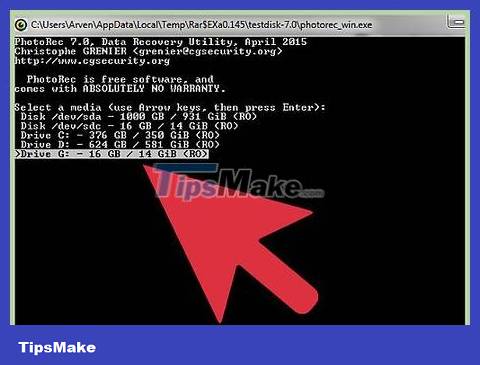 How to Recover Photos from SD Memory Card Picture 6
How to Recover Photos from SD Memory Card Picture 6
Select the drive. Select the SD card from the list of available drives then press ↵ Enter.
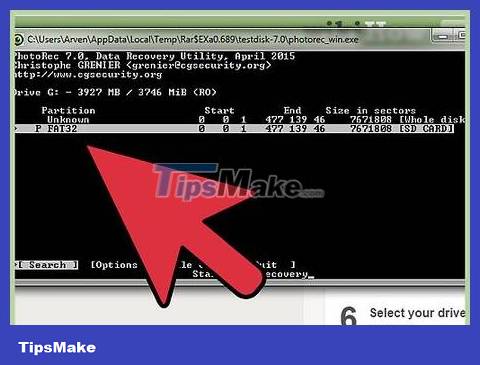 How to Recover Photos from SD Memory Card Picture 7
How to Recover Photos from SD Memory Card Picture 7
Select partition. SD memory cards usually have only one partition. Please use the arrow keys to select.
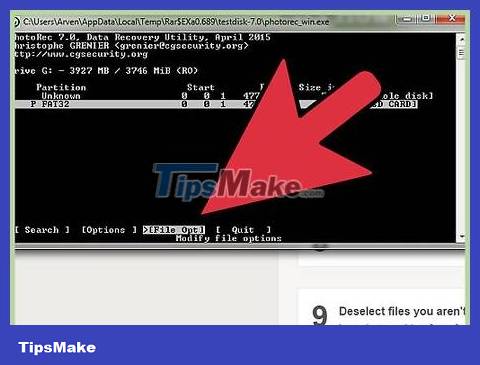 How to Recover Photos from SD Memory Card Picture 8
How to Recover Photos from SD Memory Card Picture 8
Select menuFile Opt. This menu option is located along the bottom edge of the window.
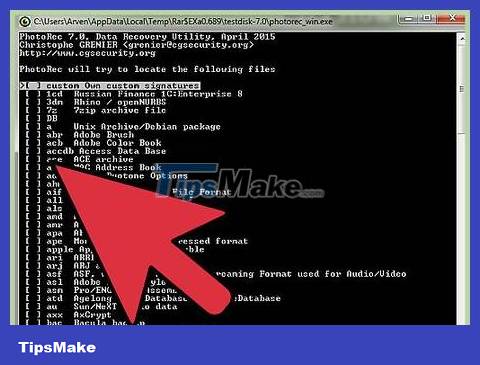 How to Recover Photos from SD Memory Card Picture 9
How to Recover Photos from SD Memory Card Picture 9
Uncheck unnecessary files. You can speed up the search process significantly by limiting the type of files you search for. If you are restoring photos, deselect all but JPG, JPEG, RAW, CR2, PNG, TIFF, GIF, BMP, SR2, and DNG.
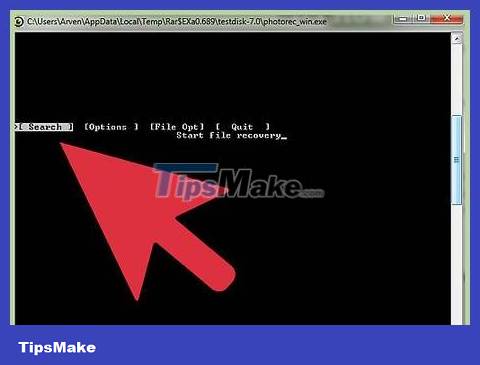 How to Recover Photos from SD Memory Card Picture 10
How to Recover Photos from SD Memory Card Picture 10
Select the menu itemSearchto continue. The file system menu opens.
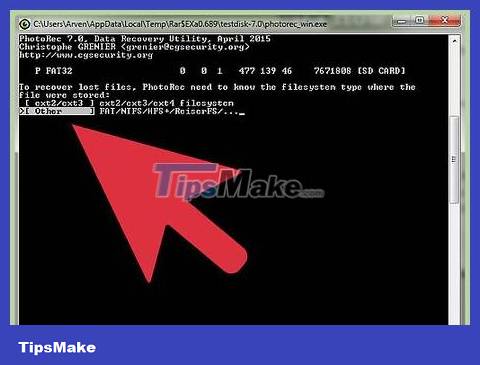 How to Recover Photos from SD Memory Card Picture 11
How to Recover Photos from SD Memory Card Picture 11
Select the file system type. If you are recovering files from an SD card, selectOther(Other).
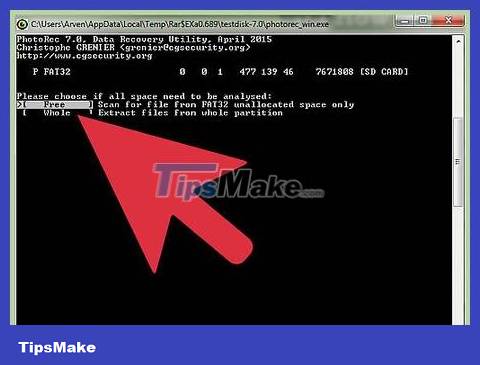 How to Recover Photos from SD Memory Card Picture 12
How to Recover Photos from SD Memory Card Picture 12
Select the space that needs to be inspected. If you are recovering deleted files, selectFree. If you are recovering data on a damaged memory card, selectWhole.
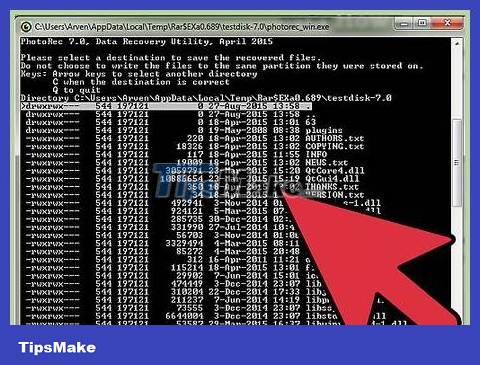 How to Recover Photos from SD Memory Card Picture 13
How to Recover Photos from SD Memory Card Picture 13
Select a folder to save the recovered files. You should create a new folder for easier access.
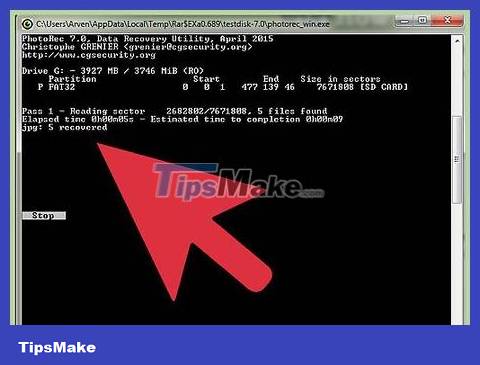 How to Recover Photos from SD Memory Card Picture 14
How to Recover Photos from SD Memory Card Picture 14
Wait for data to be restored. This process can take quite a long time. The number of files being restored will be updated in real time.
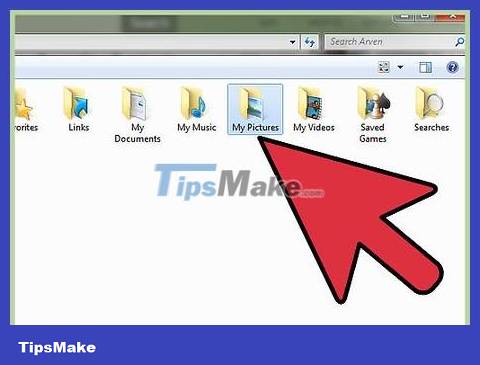 How to Recover Photos from SD Memory Card Picture 15
How to Recover Photos from SD Memory Card Picture 15
Browse through files. The file name will be corrupted, so you will have to manually search through the recovered files until you find it. If you still can't find the photos you want, you can try other data recovery options.
In ZAR (Windows)
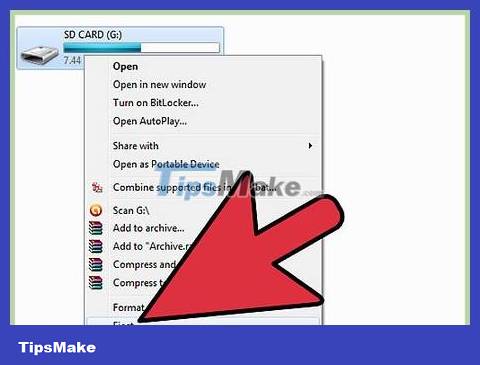 How to Recover Photos from SD Memory Card Picture 16
How to Recover Photos from SD Memory Card Picture 16
Stop SD card access. If the file has just been deleted, the data may still be there, just waiting to be overwritten by new data. Not accessing the SD card will help limit your ability to overwrite data.
Ideally, take the SD card out of your device until you're ready to restore files.
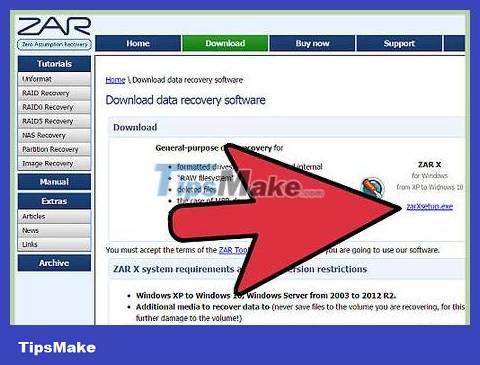 How to Recover Photos from SD Memory Card Picture 17
How to Recover Photos from SD Memory Card Picture 17
Download and install ZAR (Zero Assumption Recovery). The full version of ZAR requires payment, while the demo (trial) version only allows us to recover image files. Note: you should only download ZAR from the developer's website.
On ZAR's website, click the "image recovery" link near the bottom of the page. This will allow you to install the demo for photo recovery.
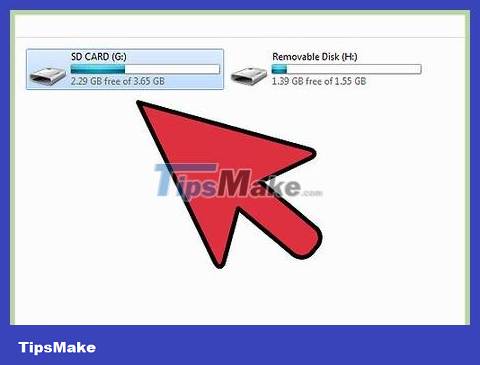 How to Recover Photos from SD Memory Card Picture 18
How to Recover Photos from SD Memory Card Picture 18
Connect the memory card. You can connect the SD card to the computer using a memory card reader, or insert the SD card into the camera and plug the camera into the computer via a USB cable.
The computer may prompt you to format the memory card or notify you that the card cannot be read. Don't format according to this prompt because you could overwrite where the picture is being saved on the card.
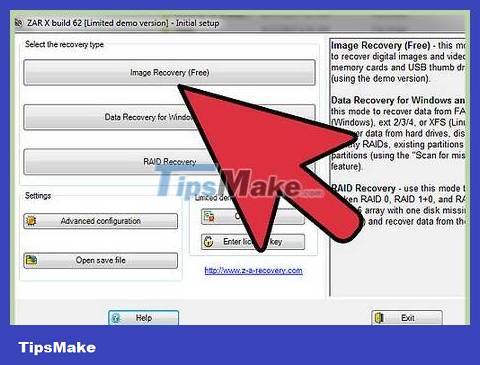 How to Recover Photos from SD Memory Card Picture 19
How to Recover Photos from SD Memory Card Picture 19
Open the Image Recovery tool in ZAR. Launch ZAR and click Image Recovery (Free). For other programs, look for a similar action button. Some programs may skip this step completely.
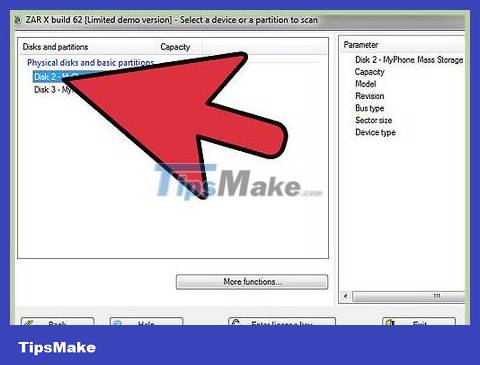 How to Recover Photos from SD Memory Card Picture 20
How to Recover Photos from SD Memory Card Picture 20
Select memory card. In the "Disks and partitions" section, select your SD card. Click Next to start the recovery process.
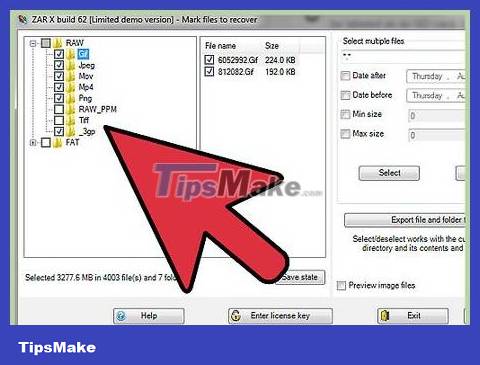 How to Recover Photos from SD Memory Card Picture 21
How to Recover Photos from SD Memory Card Picture 21
Select the files you want to restore. You will see a list of photos that the software found on the SD memory card. You can select photos to restore or select all to recover all lost photos. You may not be able to preview the image, and the file name will also be lost.
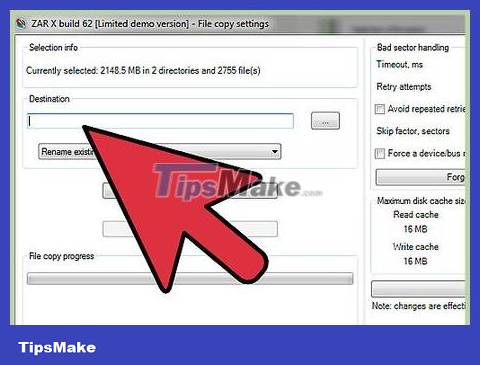 How to Recover Photos from SD Memory Card Picture 22
How to Recover Photos from SD Memory Card Picture 22
Choose where to save photos after being restored. If the SD card is damaged, you should not save here. Instead, choose or create a folder on your computer to save the photos to. The images will be safe if the SD card crashes again.
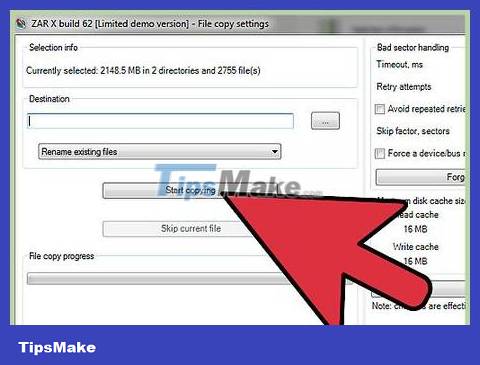 How to Recover Photos from SD Memory Card Picture 23
How to Recover Photos from SD Memory Card Picture 23
Copy files. Click Start copying the selected files to restore the photos. The selected file will be saved to the location you specify.
Some photos may not be fully restored. Even if the thumbnail looks fine, the image may be partially lost or completely damaged.
By Data Rescue 3 (Mac)
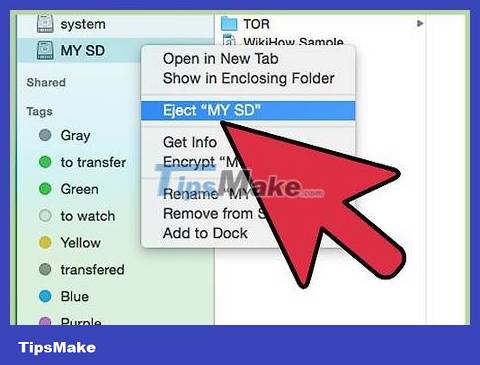 How to Recover Photos from SD Memory Card Picture 24
How to Recover Photos from SD Memory Card Picture 24
Stop SD card access. If the file has just been deleted, the data may still be there, just waiting to be overwritten by new data. Not accessing the SD card will help limit your ability to overwrite data.
Ideally, take the SD card out of your device until you're ready to restore files.
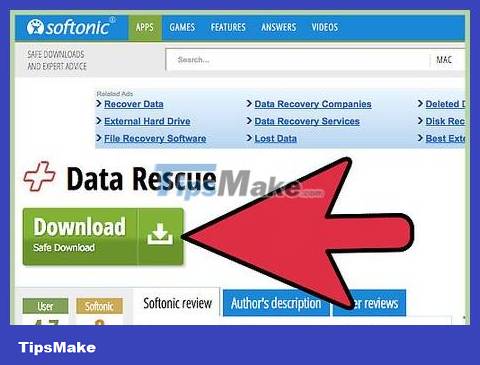 How to Recover Photos from SD Memory Card Picture 25
How to Recover Photos from SD Memory Card Picture 25
Download and install Data Rescue 3. Although there is a fee to use, Data Rescue 3 is one of the most powerful data recovery programs available for OS X. You can purchase Data Recovery 3 on the website or via email. via the Mac App Store.
If you don't want to spend money, use PhotoRec.
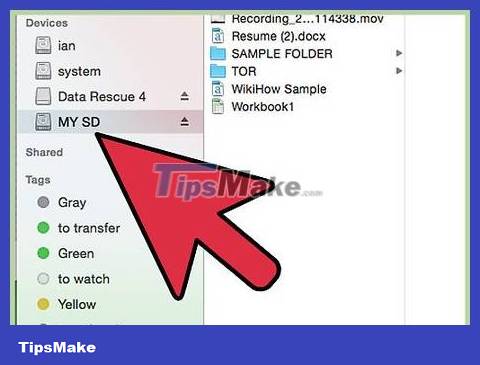 How to Recover Photos from SD Memory Card Picture 26
How to Recover Photos from SD Memory Card Picture 26
Connect the SD memory card. Insert the SD card into your Mac computer. If your Mac doesn't have a memory card slot, you can use an external card reader via a USB cable or insert an SD card into the camera and connect it to your computer.
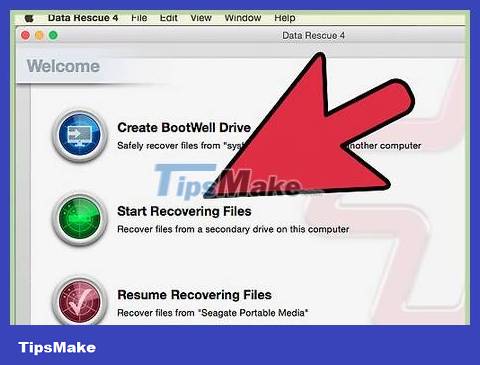 How to Recover Photos from SD Memory Card Picture 27
How to Recover Photos from SD Memory Card Picture 27
Launch Data Rescue 3. You can find the program in the "Applications" folder. Then, select "Start New Scan" from the main menu.
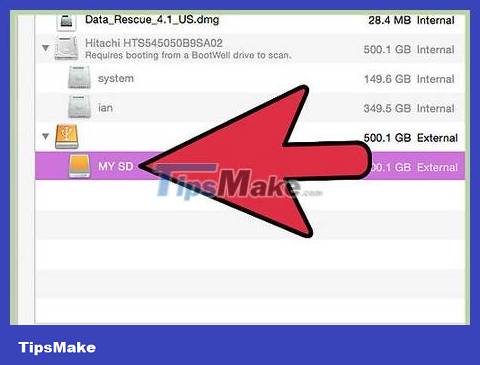 How to Recover Photos from SD Memory Card Picture 28
How to Recover Photos from SD Memory Card Picture 28
Select SD card. A list of drives will appear in the Data Rescue window. Select your memory card from this list.
The program may prompt you to select a memory card partition. Most memory cards only have one partition, but if there are multiple partitions, you should choose the entire SD card.
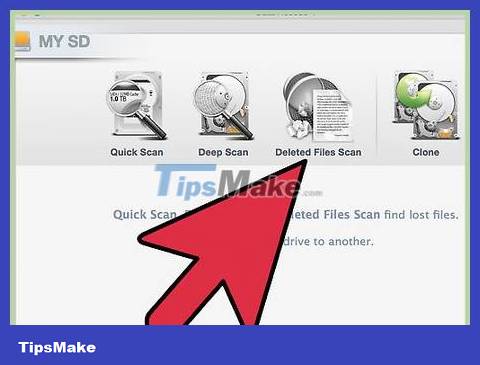 How to Recover Photos from SD Memory Card Picture 29
How to Recover Photos from SD Memory Card Picture 29
Select scanning method. During the first scan, you should select "Deleted Files Scan". This process will scan the free space on the memory card to find deleted files. If this method doesn't work, you can try again and select the "Quick Scan" process, followed by "Deep Scan." Click Start after selecting the scan type.
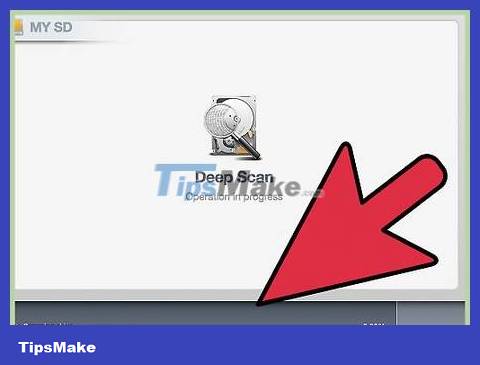 How to Recover Photos from SD Memory Card Picture 30
How to Recover Photos from SD Memory Card Picture 30
Wait for the scanning process to complete. This process may take a while, especially if you choose Deep Scan. If you want to pause, you can click the Suspend button.
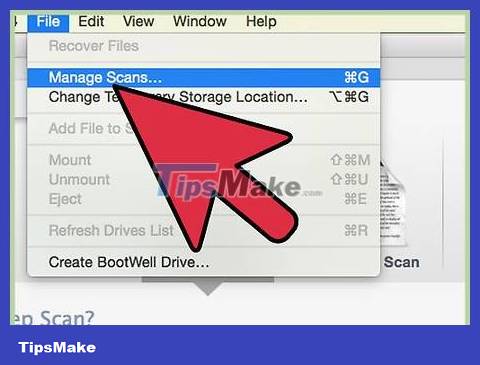 How to Recover Photos from SD Memory Card Picture 31
How to Recover Photos from SD Memory Card Picture 31
Select the files you want to restore. Once the scan is complete, you will see a list of files that can be recovered. Check the box next to each file or folder you want to recover.
If you perform a Quick or Deep Scan, the search results will be in the "Found Files" section.
If you select Deleted Files or Deep Scan, the search results will be in the "Reconstructed Files" section. File names will often be lost.
You can preview the files by selecting them from the list and clicking "Preview". However, not all files can be previewed.
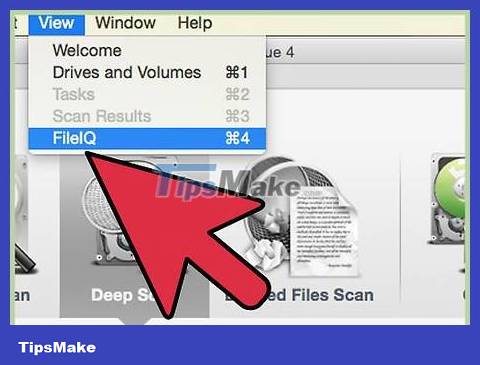 How to Recover Photos from SD Memory Card Picture 32
How to Recover Photos from SD Memory Card Picture 32
Restore files. Once selected, click Recover and choose a location to save the file on your computer. Once you find a suitable location, click Open.
You should read it
- How to Repair a Corrupted Memory Card
- How to Recover Data from Memory Cards
- How to Fix Corrupt Memory Card
- Recover photos and data with Transcend card reader
- The best memory card format software for Android phones
- How to recover deleted photos on Android device?
- Which good memory card companies should buy the most today?
- Nano memory card memory card, solution for smartphones not equipped with memory card slot
- Buy genuine memory cards, cheap where Hanoi & Ho Chi Minh City?
- Xiaomi invented the SIM and two-in-one memory cards
- How to Format a Memory Card Using a Windows Computer
- Sony launched the SF-G Touch, the fastest and most durable SD memory card on the market






 How to Repair a Corrupted Memory Card
How to Repair a Corrupted Memory Card How to Recover Data from Memory Cards
How to Recover Data from Memory Cards How to Fix Corrupt Memory Card
How to Fix Corrupt Memory Card Recover photos and data with Transcend card reader
Recover photos and data with Transcend card reader The best memory card format software for Android phones
The best memory card format software for Android phones What is the function of memory card? How to choose the best memory card
What is the function of memory card? How to choose the best memory card